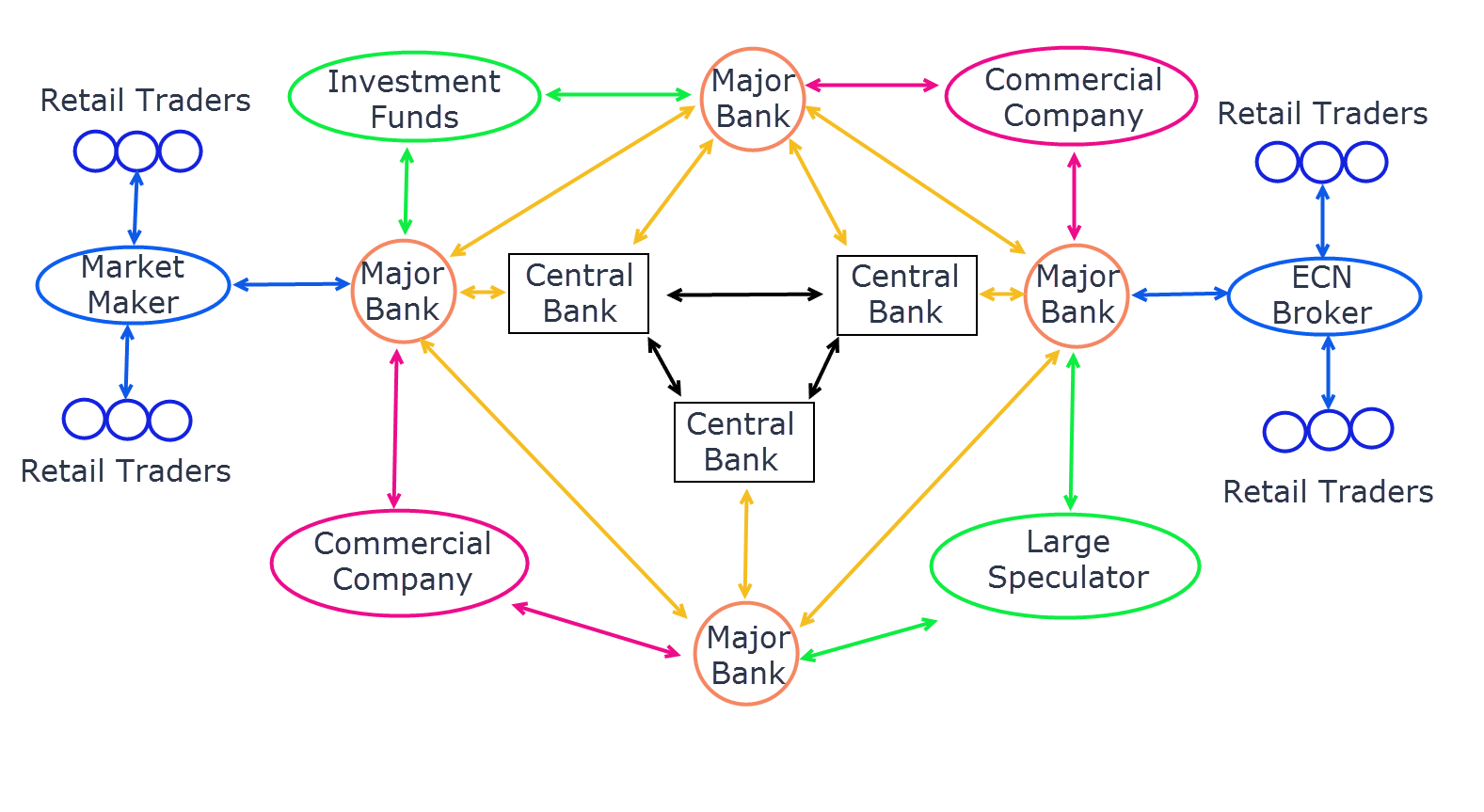Introduction

Image: kingtradingsystems.com
Options trading is a powerful financial tool that can generate substantial profits when used strategically. Navigating the world of options can be daunting, especially for beginners. However, with a strong understanding of the basics, you can harness the potential of options trading and position yourself for success. This comprehensive guide will provide you with all the essential knowledge you need to get started in options trading.
Understanding Options
An option is a contract that gives the buyer the right, but not the obligation, to buy or sell an underlying asset at a predetermined price, on or before a specific date. The underlying asset can be a stock, bond, commodity, or currency. Options trading provides unique opportunities to:
- Enhance potential returns on stock investments by speculating on price movements
- Hedge against market downturns, protecting investments from significant losses
- Generate income through option premiums received for selling contracts
Types of Options
There are two main types of options: calls and puts.
- Calls: Give the buyer the right to buy the underlying asset at the strike price by a specific expiration date.
- Puts: Give the buyer the right to sell the underlying asset at the strike price by a specific expiration date.
Components of an Option Contract
Understanding the key components of an option contract is crucial:
- Strike Price: The predetermined price at which the option can be executed.
- Expiration Date: The last day the option can be exercised.
- Premium: The price paid by the buyer to acquire the option.
How Options Trading Works
Options trading involves selling or buying options contracts with other market participants. When you buy an option, you pay a premium in exchange for the right to exercise it. The maximum you can lose is the premium paid.
When you sell (or write) an option, you receive the premium but become obligated to buy or sell the underlying asset upon exercise of the contract. This can result in theoretically unlimited losses.
Options Strategies
Options can be combined and used in various strategies based on market outlook and risk tolerance. Here are some key strategies:
- Bullish: Betting on rising prices using long calls or long straddles.
- Bearish: Betting on falling prices using long puts or short strangles.
- Income-Generating: Selling premiums through selling covered calls or selling cash-secured puts.
- Volatility-Based: profiting from changes in implied volatility using long or short straddles.
Benefits and Risks of Options Trading
Benefits:
- Leverage: Control a large number of shares with a small capital investment.
- Profit Potential: Uncapped profit potential on long options.
- Income Generation: Generate income through option premiums.
Risks:
- Potential to Lose Principal: Losses on options trades can result in losses of the entire investment.
- Time Decay: Option premiums decay over time, affecting potential profits.
- Implied Volatility: Fluctuations in implied volatility can impact option prices.
Conclusion
Options trading can be a powerful tool for enhancing your investment returns, but it requires thorough understanding and risk management. By mastering the knowledge presented in this guide, you can confidently navigate the nuances of options trading and leverage its potential for financial success. Remember to trade responsibly, research thoroughly, and consider seeking guidance from a financial advisor if necessary. Embrace the opportunities that options trading offers, and unlock the power to achieve your financial goals.

Image: www.tradingwithrayner.com
Options Trading Beginners Guide






